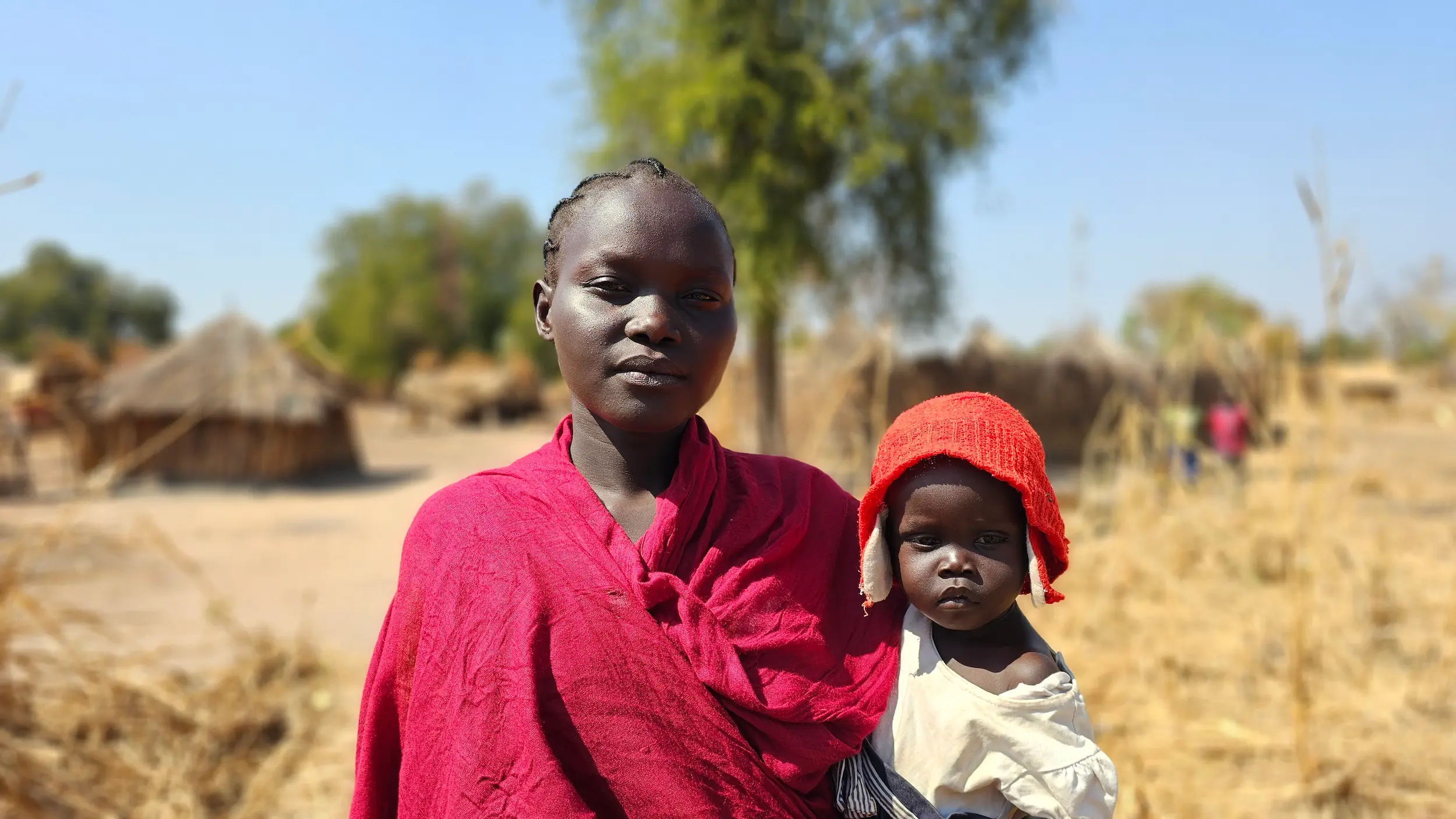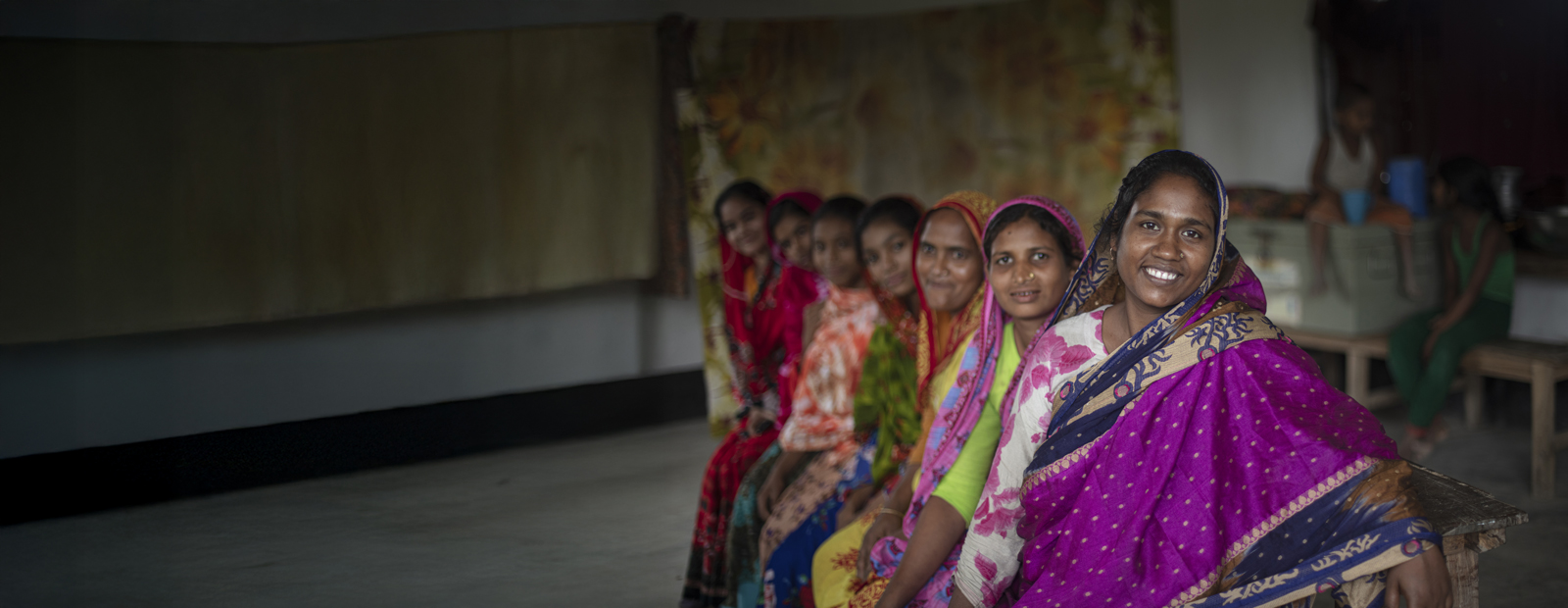Written by: Sarah Easter, CARE Emergency Communications Officer
I have met many refugees. Standing at the border to Sudan in Chad and in South Sudan, I have spoken to mothers, children, grandmothers, fathers, brothers and sisters. They tell me about their journey. About searching for water by digging in the hot desert sand with their bare hands. They tell me about the deaths of family members, lost children, homes that are left as black scorch marks on the ground after bombs destroyed them.
I met unaccompanied minors who were found just in the middle of nowhere, or who ran from hyenas and slept in trees and who saw their whole family killed in front of them. I hear stories of sisters saving each other and forcing each other to get up again and again to continue, to run, instead of giving up and just never stand up ever again. I hear stories of bodies burning. Of children being left behind standing over the dead bodies of their parents. And those stories are just a few.
12.9 million are currently displaced by the ongoing conflict in Sudan. That is 12.9 million different stories of death, trauma, hunger, fear, loss, but also of the strength to continue.
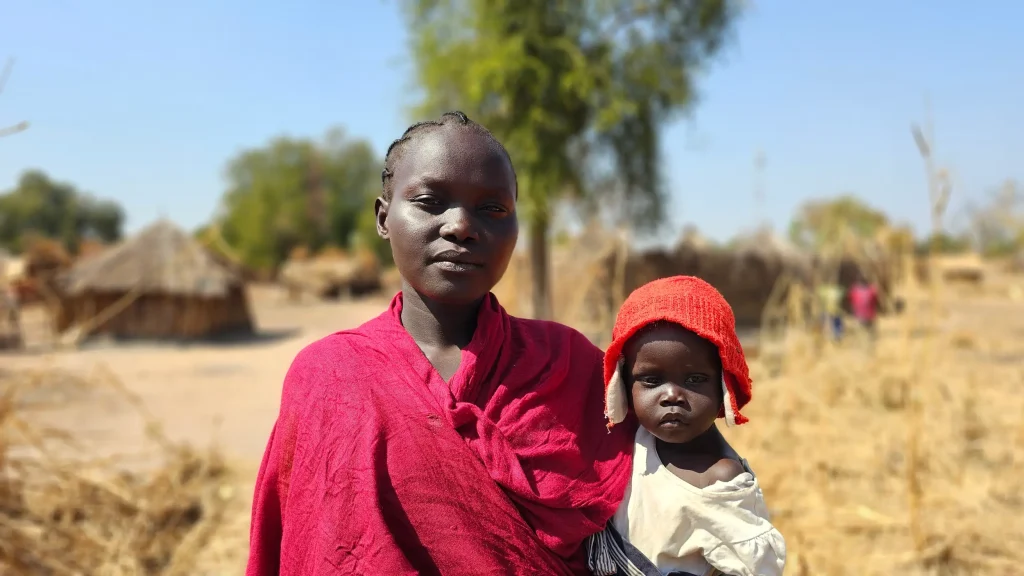
173 Olympic stadiums filled
When I hear these numbers and statistics, I always have difficulties to imagine how many 12.9 million people really are. In the news we are often confronted with big numbers that all sound terrifying and sad, but with these big numbers one loses the connection to the person behind them. To the individual story. So, I try to visualise what 12.9 million people would look like.
You would need 173 Olympic stadiums in Berlin to fit all of them1. 12.9 million people are as many people as live in all top 12 most populated cities in Germany together: Berlin, Hamburg, Munich, Cologne, Frankfurt, Stuttgart, Düsseldorf, Leipzig, Dortmund, Essen, Bremen and Dresden2. It is more than the whole population living in Belgium, or in the Czech Republic, Sweden, Portugal, Greece, Austria, or Switzerland. It is more than taking the population of Denmark and Finland together, or Norway and Ireland together.
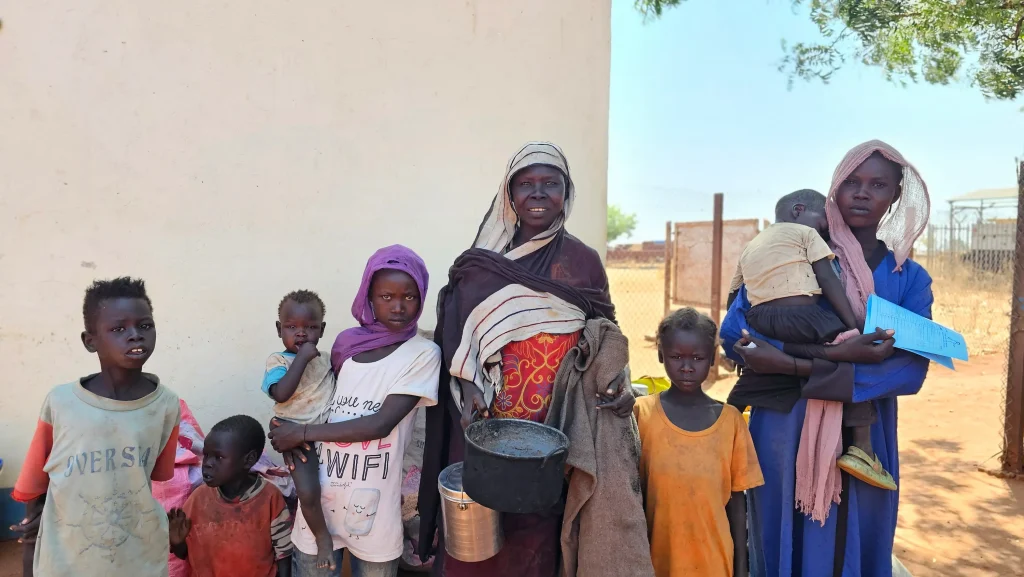
Everyone has a name and a story
But to really visualise this number and to grasp every individual behind every digit, another example puts it into better perspective. Every single one of these 12.9 million people has a name and a story.
Tian is a mother of three who has lost her mother through a bomb. Assim is a 13-year-old boy who had to jump over dead bodies to save his life. Nadal is a seven-year-old girl who was lost and was found by Juma and his family fleeing to South Sudan. Jaqulin is a mother of nine who only travelled with a pot, a tin container and a blanket and slept in the bushes for a week while fleeing death and destruction. Maria arrived in Chad with her daughter in her arms feeling incredibly thirsty and weak as the last time they ate was three days ago. Teissir’s sister was burning in her home in a village in Sudan and pulled her out of the flames to safety. They are just some of the names of the 12,9 million who have lost family members, friends and have been through the worst trauma imaginable.
If you would say the name of the displaced out loud, it would take one second to name one person:
One, Tian, two, Assim, three Nadal, four, Jaqulin, five, Maria, six, Teissir. If you would continue and say every single name out loud, it would take a total of 3,583 hours or 149 days. This cannot be more than an attempt to visualise what 12,9 million people looks like. But in the crises of this world every person who has to suffer is one too many.
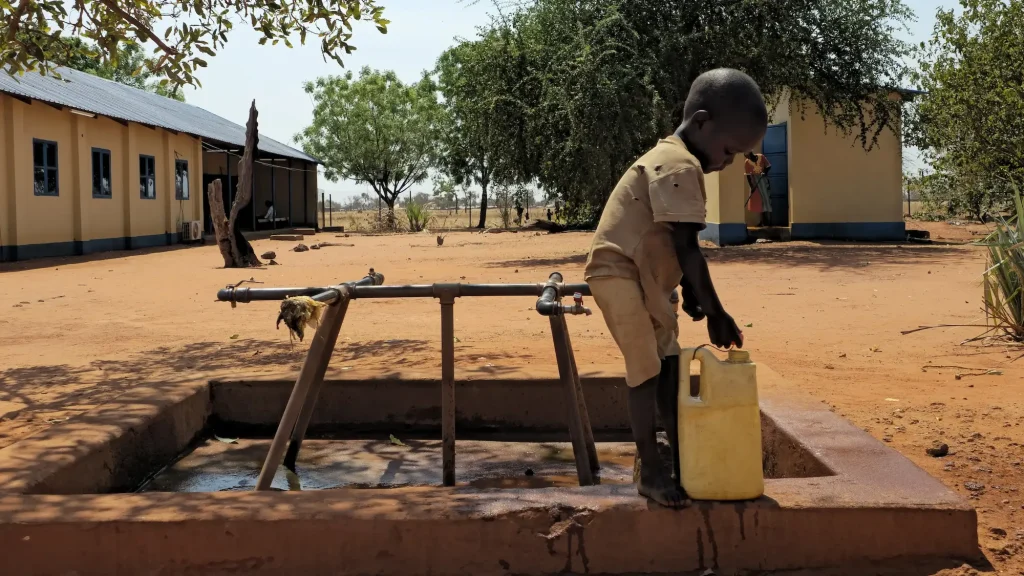
We should never forget that.
